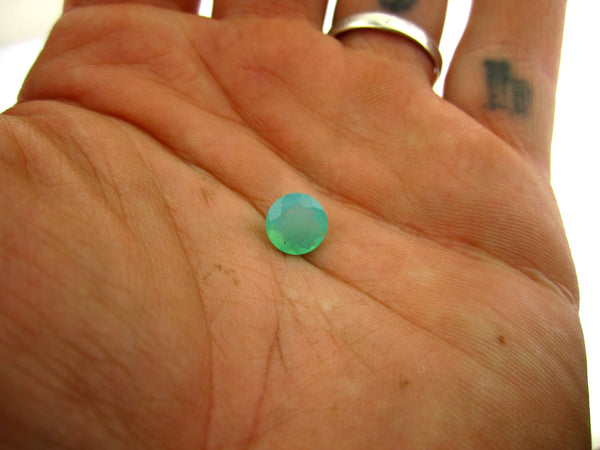Content RSS

Although my primary purpose in collecting antique objects is to hold and research body adornment jewelry, over the years I have picked up some pieces that are fascinating from a technical or cultural perspective (such as obsidian micro blade cores and shell beads), and some pieces that although I believed to be body adornments, I couldn't prove it. Such was the case with these curved shell forms which I immediately believed to be earrings, although I had never seen an example until a visit to the national museum of anthropology in Mexico City.

Stone has had enormous impact on us both creatively and technologically. Minerals gave us the first chance to paint our lives with color and story, and take it with us for others to see. It turns out that aside from things which are alive (birds, bugs, plants), colors in nature, and particularly jewel tones, are actually very rare. Most vibrant colors are either the result of environmental light play, such as sunsets or the color of a lagoon, or they are biological - flowers, butterflies, etc. In either of these cases, the color is not permanent. It is location specific, temporary, or sadly, it dies.

For some time now I have been interested in Prehispanic culture and jewelry, and so called "primitive" lapidary. After completing the first of what has become many personal interpretations and historical reproductions of Mayan stone plugs from traditional jadeite, I was interested in tackling the idea of ear flares that involved multiple pieces.

Our customer Sergio has sent us some very nice photographs of his one of a kind multi-piece Mesoamerican inspired jade ear flare reproductions, produced by head Onetribe artisan Jared Karnes. After over 250 hours of work, we are so excited to finally see these pieces being worn. A huge amount of the research and time spent on them was dedicated to not just making a pair of pretty reproductions, but making a set of jewelry that could actually be worn comfortably. His feedback suggests that goal was achieved!



